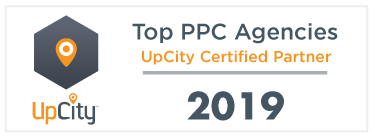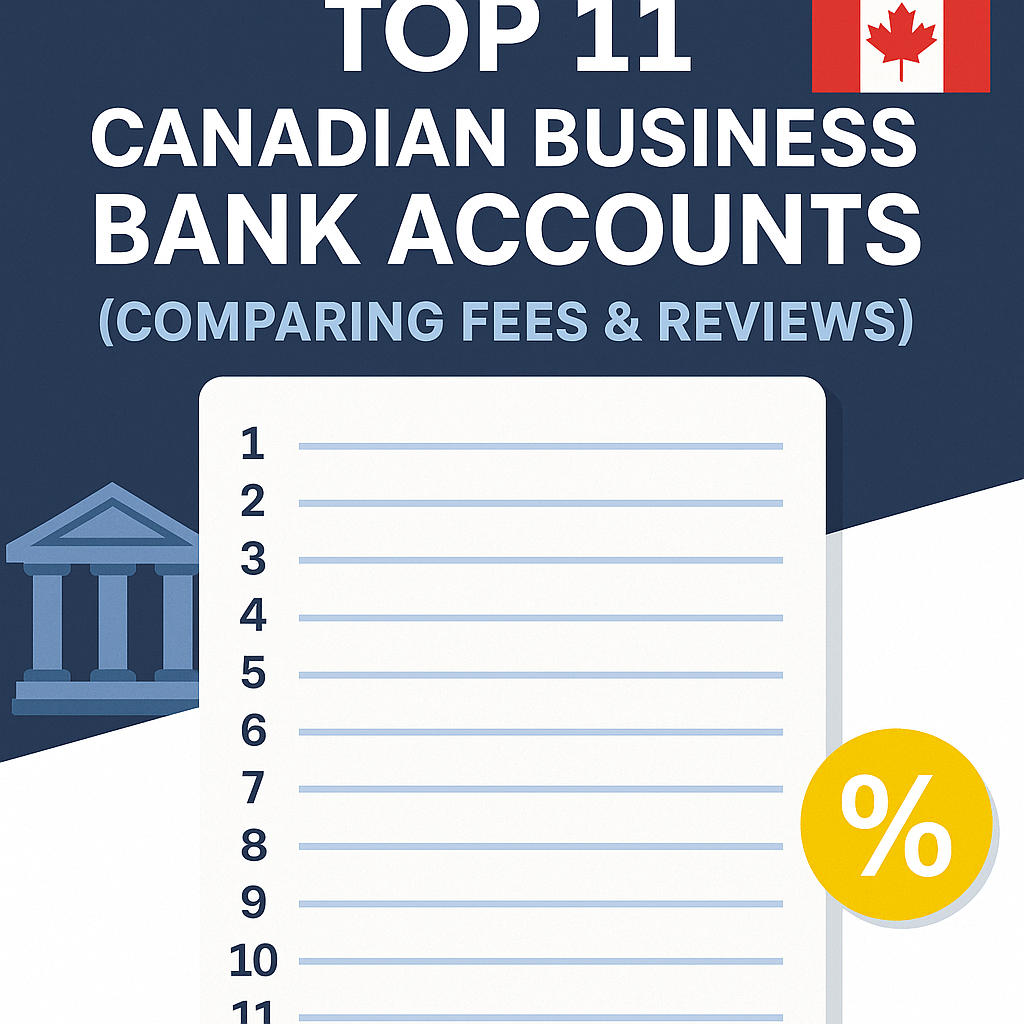GOOGLE ADS MANAGEMENT
ALL SERVICES- GRAPHIC DESIGN & BRANDING
➥ WEBSITE DESIGN TORONTO
➥ TORONTO LOGO DESIGN
➥ BROCHURE GRAPHIC DESIGN
➥ INFOGRAPHIC DESIGN
➥ BUSINESS CARD DESIGN
➥ PACKAGE DESIGN TORONTO
➥ ILLUSTRATION DESIGN
➥ ADVERTISING POSTER DESIGN
➥ BRANDING STRATEGY & SERVICES- ➤ VIEW ALL SERVICES
WEB DEVELOPMENT & SUPPORT
➥ CUSTOM WEB DESIGN TORONTO
➥ ECOMMERCE WEBSITE DESIGN TORONTO
➥ WEBSITE MAINTENANCE SERVICES
➥ SHOPIFY WEBSITE DESIGN
➥ SHOPIFY EXPERTS TORONTO
➥ WORDPRESS DEVELOPMENT
➥ WORDPRESS MAINTENANCE- ➤ VIEW ALL SERVICES
WEBSITE MARKETING & CONTENT
➥ SEO PACKAGES TORONTO
➥ TORONTO SOCIAL MEDIA AGENCY
➥ CONTENT MARKETING TORONTO
➥ PPC MANAGEMENT TORONTO
➥ AFFILIATE MARKETING CANADA
➥ STRATEGIC CONSULTATION- ➤ VIEW ALL SERVICES
ABOUT
RESOURCES- LET’S CHAT
Questions? Call us at
647-348-4995

GOOGLE ADS MANAGEMENT
ALL SERVICES- GRAPHIC DESIGN & BRANDING
➥ WEBSITE DESIGN TORONTO
➥ TORONTO LOGO DESIGN
➥ BROCHURE GRAPHIC DESIGN
➥ INFOGRAPHIC DESIGN
➥ BUSINESS CARD DESIGN
➥ PACKAGE DESIGN TORONTO
➥ ILLUSTRATION DESIGN
➥ ADVERTISING POSTER DESIGN
➥ BRANDING STRATEGY & SERVICES- ➤ VIEW ALL SERVICES
WEB DEVELOPMENT & SUPPORT
➥ CUSTOM WEB DESIGN TORONTO
➥ ECOMMERCE WEBSITE DESIGN TORONTO
➥ WEBSITE MAINTENANCE SERVICES
➥ SHOPIFY WEBSITE DESIGN
➥ SHOPIFY EXPERTS TORONTO
➥ WORDPRESS DEVELOPMENT
➥ WORDPRESS MAINTENANCE- ➤ VIEW ALL SERVICES
WEBSITE MARKETING & CONTENT
➥ SEO PACKAGES TORONTO
➥ TORONTO SOCIAL MEDIA AGENCY
➥ CONTENT MARKETING TORONTO
➥ PPC MANAGEMENT TORONTO
➥ AFFILIATE MARKETING CANADA
➥ STRATEGIC CONSULTATION- ➤ VIEW ALL SERVICES
ABOUT
RESOURCES- LET’S CHAT
Questions? Call us at
647-348-4995

GOOGLE ADS MANAGEMENT
ALL SERVICES- GRAPHIC DESIGN & BRANDING
➥ WEBSITE DESIGN TORONTO
➥ TORONTO LOGO DESIGN
➥ BROCHURE GRAPHIC DESIGN
➥ INFOGRAPHIC DESIGN
➥ BUSINESS CARD DESIGN
➥ PACKAGE DESIGN TORONTO
➥ ILLUSTRATION DESIGN
➥ ADVERTISING POSTER DESIGN
➥ BRANDING STRATEGY & SERVICES- ➤ VIEW ALL SERVICES
WEB DEVELOPMENT & SUPPORT
➥ CUSTOM WEB DESIGN TORONTO
➥ ECOMMERCE WEBSITE DESIGN TORONTO
➥ WEBSITE MAINTENANCE SERVICES
➥ SHOPIFY WEBSITE DESIGN
➥ SHOPIFY EXPERTS TORONTO
➥ WORDPRESS DEVELOPMENT
➥ WORDPRESS MAINTENANCE- ➤ VIEW ALL SERVICES
WEBSITE MARKETING & CONTENT
➥ SEO PACKAGES TORONTO
➥ TORONTO SOCIAL MEDIA AGENCY
➥ CONTENT MARKETING TORONTO
➥ PPC MANAGEMENT TORONTO
➥ AFFILIATE MARKETING CANADA
➥ STRATEGIC CONSULTATION- ➤ VIEW ALL SERVICES
ABOUT
RESOURCES- LET’S CHAT
Questions? Call us at
647-348-4995

GOOGLE ADS MANAGEMENT
ALL SERVICES- GRAPHIC DESIGN & BRANDING
➥ WEBSITE DESIGN TORONTO
➥ TORONTO LOGO DESIGN
➥ BROCHURE GRAPHIC DESIGN
➥ INFOGRAPHIC DESIGN
➥ BUSINESS CARD DESIGN
➥ PACKAGE DESIGN TORONTO
➥ ILLUSTRATION DESIGN
➥ ADVERTISING POSTER DESIGN
➥ BRANDING STRATEGY & SERVICES- ➤ VIEW ALL SERVICES
WEB DEVELOPMENT & SUPPORT
➥ CUSTOM WEB DESIGN TORONTO
➥ ECOMMERCE WEBSITE DESIGN TORONTO
➥ WEBSITE MAINTENANCE SERVICES
➥ SHOPIFY WEBSITE DESIGN
➥ SHOPIFY EXPERTS TORONTO
➥ WORDPRESS DEVELOPMENT
➥ WORDPRESS MAINTENANCE- ➤ VIEW ALL SERVICES
WEBSITE MARKETING & CONTENT
➥ SEO PACKAGES TORONTO
➥ TORONTO SOCIAL MEDIA AGENCY
➥ CONTENT MARKETING TORONTO
➥ PPC MANAGEMENT TORONTO
➥ AFFILIATE MARKETING CANADA
➥ STRATEGIC CONSULTATION- ➤ VIEW ALL SERVICES
ABOUT
RESOURCES- LET’S CHAT
Questions? Call us at
647-348-4995
![]()
![]()
![]()

- January 14, 2020
-
Liam Hunt
You probably know what search engine optimization (SEO) is, and how important it can be for improving your website’s visibility and generating leads. Equally important is app store optimization (ASO), which is a lesser-known marketing technique that can do more to pad your bottom line than optimizing for search engines.
There are nearly 3 million Android apps on the Google Play Store and roughly 2 million on Apple’s App Store. If your business has a mobile app, chances are that it’s lost in the sea of apps that exist on Android and Apple’s respective marketplaces.
That’s where the beauty of ASO comes into play. With hundreds of millions of dollars changing hands via mobile app marketplaces every day, you must increase your app’s visibility on these platforms. Below, we’ve listed some of the best tips and techniques for getting started on your ASO journey and improving your app store ranking overnight.
Know Thy Customer
The Oracle at Delphi held that the key to acquiring wisdom, for the Ancient Greeks, was to look inward at themselves. If the Oracle were around today, we’re sure he’d tell mobile marketers and e-commerce vendors to know thy customer rather than thyself. After all, your ASO strategy depends on your ability to put yourself in the shoes of your customers.
First, research what keywords your customers are using to find apps like yours. A good place to start is by searching for your competitors in an app store optimization software tool. Most tools list ASO keyword data that reveal which search terms your competitors rank for. Once you’ve discovered these, whether with or without a software tool, write them down in both their singular and plural form—voila, you now have keywords to build your ASO strategy around.
Next, step into your customer’s role by asking yourself a series of critical questions that are central to your product’s demand, including:
- What is the top reason for using my app?
- What is the main language that my customers use?
- How does my app stand out among its competitors?
- Should my app rank for keywords with high or low KD?
- What keywords do my competitors use?
In most cases, it makes more sense to rank in the top 10 for a keyword with moderate or low difficult than in the top 50 for a highly competitive keyword.
Optimize Your App Name
Once you’ve decided on the main keyword that you want to rank for, be sure to include it in the title of your app’s listing on all app stores. The title text is factored into app stores’ ranking algorithm, so it’s important that you include your main keyword here.
The Google Play Store truncates titles after the 30th character, and the Apple App Store does the same after the 23rd. There’s no way around this limitation, so you must keep your title short without stuffing as many keywords as possible into the text.
We suggest formatting your title as the short version of your app name, following by a dash and your most relevant keyword (e.g., “Media Player 3000 – Best Video Player”).
Optimize Your Keywords
Whereas Google Play gives you a whopping 4,000 characters to write a description of your app in a voice that speaks directly to your customers, the App Store only allows for a 100-character keyword entry. To optimize your keyword usage, you’re going to want to refer back to the insight gathered during the original “question” stage of your ASO journey.
For App Store
If you’re listing your app on the Apple App Store, the keyword optimization process is relatively simple because you only have 100 characters to work with. All you have to do is determine which keywords you have the highest chance of ranking for and string them together in the entry field. Apple will factor these keywords and your title into its search ranking algorithm.
For Play Store
Google’s Play Store is a little more complicated when it comes to ranking for key search terms. In 4,000 characters (roughly 400-500 words), you can write about your app in a customer-facing voice. Without keyword stuffing, pepper in your priority keywords into this text field (ideally, no more than 5 of any individual keyword will be used). Remember, you’re writing for the customer here, and not an AI or math equation.
For both the Apple and Google app stores, be sure to write a compelling product description that is focused on explaining what your customer stands to gain from downloading the app. While you should sprinkle in keywords here and there, this text should resemble traditional advertising copy rather than SEO text—and don’t forget to change the app’s description with every update!
Optimize Your Icon
App icons are often overlooked in the ASO journey, but they shouldn’t be. After all, your icon is often the first impression that your app makes on potential customers. To make an impact with your icon, use bright and eye-catching colors, symmetrical geometric shapes, and, most importantly, size it properly (1024×1024 pixels for Apple Store; 512×512 for Google Play).
Don’t Forget the Bells and Whistles
Your app’s product listing is a crucial element of your sales funnel—so, don’t skip out on the details that might help your customers decide whether to hit the download button. We suggest including multiple screenshots of in-app gameplay or UI/UX to give the viewer an inside look at your app. If possible, include short videos on the gallery page of your app’s listing as well.
Next, be sure to localize your ASO strategy, just like you would with your SEO strategy. For example, if you’re selling to a Chinese market, be sure to create a localized product listing for Chinese buyers that is written in Mandarin text. Both Google and Apple allow users to upload several localized listings, so you would do well to take advantage of that option if you sell to international markets.
Lastly, encourage your users to leave feedback and ratings via an in-app push notification. A regular inflow of positive reviews is one of the best ways to improve your standing in Google and Apple’s search algorithm and increase customer trust in your product.
Liam Hunt, M.A., is a writer and digital marketing specialist whose writing has appeared in the Vancouver Sun, Asia Times, and US News and World Report.
RECENT POSTS

Ready to chat about how Little Dragon Media can enhance your business?
Call us now at 647-348-4995 or

OUR AWARDS & CERTIFICATIONS






WHAT OUR CLIENTS ARE SAYING



Little Dragon Media's professionalism and commitment to delivering excellence are truly commendable. I highly recommend their services... Thank you for your stellar work!
- Delna Bharucha

Little Dragon Media worked on developing our logo and website. They did an absolutely AMAZING job on both projects. These guys ROCK and you won't be disappointed.
- Sonia Nutt

My team had a great experience working with Little Dragon Media. We will certainly engage with Little Dragon Media for any additional projects in the future. Highly recommend!
- Carly Rooney



- 682A St-Clair West Toronto, ON M6C 1B1
- (647)-348-4995
- info@littledragon.ca
MOST POPULAR SERVICES
RECENT POSTS
GET MORE CLIENTS
Don't let your competitors take over. We'll help you climb to the top and get more clients.



- 682A St-Clair West Toronto, ON M6C1B1
- (647)-348-4995
- info@littledragon.ca
MOST POPULAR SERVICES
RECENT POSTS
GET MORE CLIENTS
Don't let your competitors take over. We'll help you climb to the top and get more clients.

Contact | Press Mentions | Privacy Policy | Terms of Service
© 2024 Little Dragon Media. All Rights Reserved.






